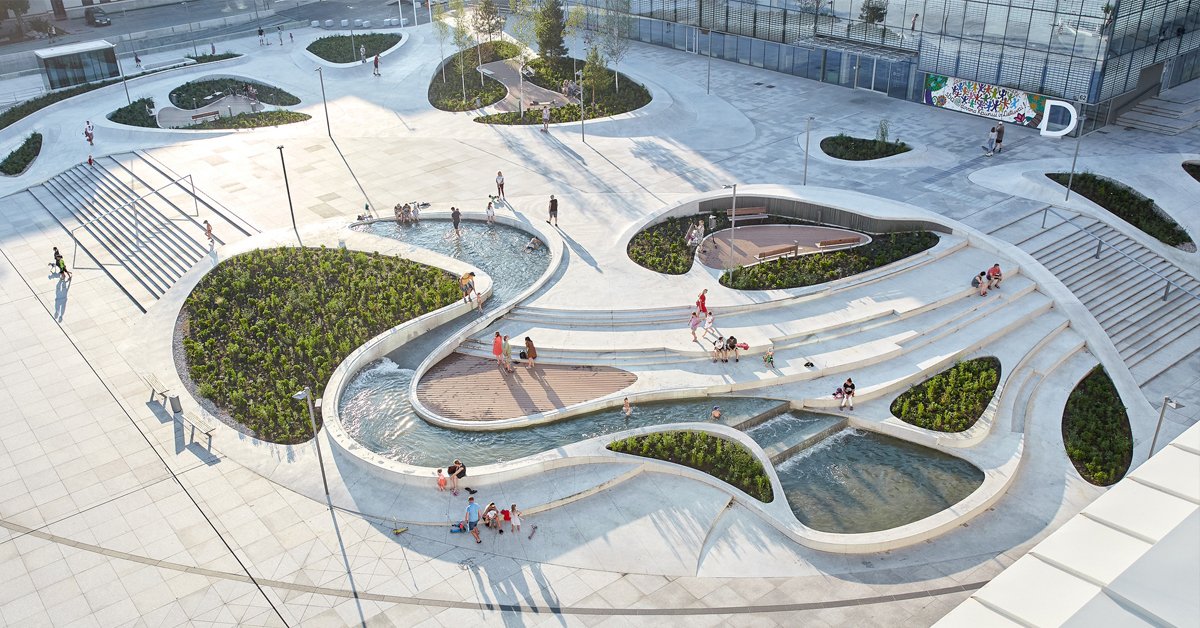Introduction
In the realm of architecture and construction, pillar design isn’t just a technical necessity—it’s an opportunity to make a bold statement. From ancient temples to modern skyscrapers, pillars have been central to the structural integrity and aesthetic appeal of buildings. In this blog post, we’ll explore the art and science behind pillar design, offering insights into its historical evolution, current trends, and practical tips for creating stunning pillars that stand the test of time.
Understanding the Basics of Pillar Design
Pillars, or columns, serve as vertical supports for structures, distributing loads from above to the foundation below. They come in various styles and materials, each with its unique advantages and applications. The fundamental components of a pillar include the base, shaft, and capital.
- Base: The bottom part of the pillar, often wider to distribute the load and provide stability.
- Shaft: The central, vertical portion that bears the load.
- Capital: The top section that may include decorative elements and serves to transition from the shaft to the structure above.
A Brief History of Pillar Design
Pillar design has a rich history that reflects the evolution of architectural styles and engineering techniques:
- Ancient Greece and Rome: The classical orders—Doric, Ionic, and Corinthian—set the standard for pillar design, each with distinct proportions and embellishments.
- Gothic Architecture: The use of flying buttresses and slender columns allowed for taller, more intricate designs in cathedrals.
- Renaissance and Baroque Periods: Pillars became more ornate, with intricate carvings and dynamic forms.
Modern Pillar Design Trends
Today’s pillar designs blend traditional elements with contemporary innovation. Key trends include:
- Minimalism: Clean lines and simple forms that emphasize functionality and elegance.
- Sustainability: Use of eco-friendly materials and techniques that reduce environmental impact.
- Integration with Technology: Incorporation of smart materials and structural sensors for enhanced performance.
Choosing the Right Material for Your Pillar
The choice of material significantly affects the pillar’s aesthetic and structural properties. Common materials include:
- Concrete: Durable and versatile, ideal for both structural and decorative purposes.
- Steel: Strong and flexible, often used in modern skyscrapers and industrial settings.
- Wood: Offers a warm, natural look, suitable for residential and some commercial projects.
- Stone: Provides a classic, timeless appeal but can be more challenging to work with.
Key Considerations for Effective Pillar Design
When designing pillars, consider the following factors to ensure both functionality and visual appeal:
- Load-Bearing Capacity: Calculate the load each pillar must support to ensure structural integrity.
- Proportions and Scale: Ensure the pillar’s size and design complement the overall structure.
- Aesthetics: Choose styles and materials that align with the architectural vision and surrounding environment.
- Maintenance: Select materials and designs that require minimal upkeep.
Tips for Creating Stunning Pillars
- Incorporate Details: Subtle carvings or patterns can add character without overwhelming the design.
- Use Lighting: Strategically placed lighting can highlight the pillar’s features and create dramatic effects.
- Experiment with Shapes: Explore geometric and organic forms to create unique and memorable pillars.
Conclusion
Pillar design is both an art and a science, offering endless possibilities to enhance architectural projects. Whether you’re restoring a historical building or embarking on a new construction, understanding the principles of pillar design will help you create structures that are both functional and visually striking. Embrace the blend of tradition and innovation to elevate your project to new heights.
